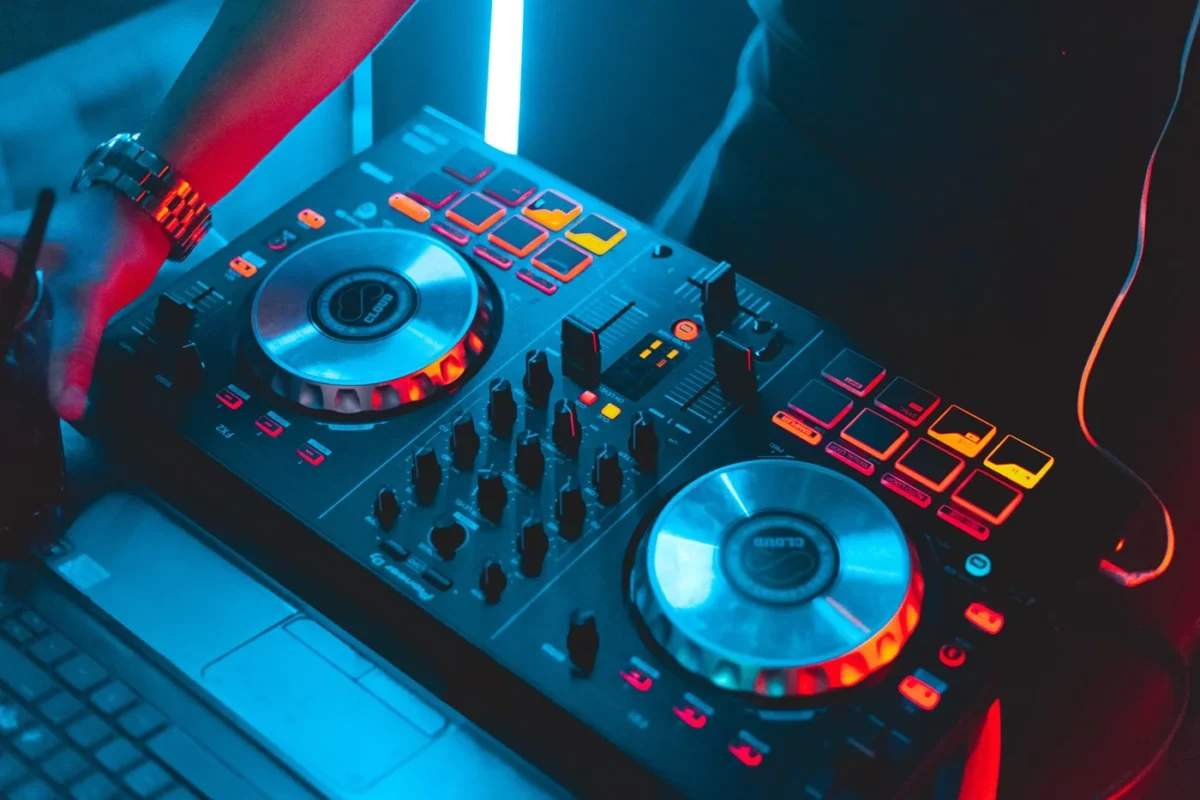
The Music Revolution: How digital disrupted the music industry
Are you familiar with filling tapes? If you’re over 40, you’ll know what we are talking about.
To explain it for today’s youth: think of the playlists you make, they used to be found in the tape stores in the neighbourhood, and instead of buying an original cassette, a cassette would be filled with your favourite songs, just like a ‘playlist’. Those who listened to these cassettes know all too well that you needed to keep a pencil handy for inserting into the cassette and turning it to fast forward or rewind the tape.
Music is one of the most intimate and creative tools for expressing emotions. Music utters its worry, reflects its grief. It knows how to share its joy. For every moment, for every mood, there is always an appropriate rhythm in the music.
We invented instruments; symphonies were composed. With the scientific revolution, since the 18th and 19th centuries, significant developments occurred in the industry. We became able to record and replay music. In 1887 the gramophone patent was registered. Listening to music with stone records, singles and similar inventions became more and more common, eventually entering our houses. Moreover, we became able to utilise radio waves which led to the widespread implementation of radio broadcasting.
Mobility in the Music Industry
In 1979, a very important invention sat top of the agenda in the music market: the Sony Walkman. Listening to music then became mobile. The value of Sony as a company increased significantly in a very short time.
In 1991, the CD came into our lives, which was invented by Phillips. Music quality improved and became a little more digital. Then the CD player was built, and versions of it that can record multiple music pieces were released. Then writable CDs and DVDs were released, and music was thoroughly digitalised.
In 1993, the MP3 standard was invented. In 1999, the first MP3 player devices were released. Music has now become a piece of data. It became tradable, downloadable, recordable, and interchangeable, which inevitably fuelled the pirate music discussions.
A Rising Digital Music Market
In 2001, Apple tackled the issue. It launched the iPod and a new standard along with it. A new business model emerged with the iTunes music market. Individual music tracks were now legally available for purchase and the most common price was 99 cents. Millions of devices were sold, millions of music tracks were bought. The music industry had completely changed shape for good.
An Unlimited Music Experience
On 7th October 2008, Spotify was launched. Spotify was an application developed for smartphones, thus there was no need to own an MP3 anymore. The moment you became a member of Spotify, all the music you could want was at your fingertips. Spotify became the popular example of the freemium business model. You can happily use it for free for a good while before deciding whether to subscribe. If you wish, you can subscribe to reach unlimited music for a small monthly fee. What convenience.
Music is now completely digitalised.
As its consumption has been digitalised, its production has also been digitalised considerably. Music is still recorded with real instruments and performed by real artists, yet we have become able to imitate almost any sound electronically, creating all kinds of recordings with them.
Combining Music with Non-fungible Tokens
Technology continues to shape how we make music and how we consume music today. Now NFTs are expanding into the music industry where artists can combine their music with NFTs with the rise of blockchain technology. NFTs are digital collectibles and can range from sounds to recordings to tickets and more. Since they are unique and cannot be replaced, it creates a great opportunity for artists to store their artwork, videos, and music. In 2021, “Ultraviolet” by EDM artist 3LAU got to be the first album tokenized with 33 NFT collectible versions of it sold for $11.7 million. Some sold their music inspired NFTs, some launched NFTs of digital wearables like guitars and clothes that are inspired by their albums. With the NFTs of tickets for live events, fans gain access to concerts, get rewarded for supporting artists, or even get special privileges such as early access to new songs.
Concerts taking place in virtual reality
Even concerts have been digitalised. Now we can enjoy virtual concerts performed in many video games and virtual world platforms such as Meta with performers represented by virtual avatars. This is now the next step in the journey of the virtual music industry. With the Covid-19 pandemic, when it was hard to hold traditional concerts, virtual concerts gained popularity. In August 2020, TikTok held an interactive augmented reality live stream in collaboration with Canadian singer, the Weeknd. Virtual concerts of well-known artists such as Travis Scott took place in the Fortnite video game space as interactive experiences and more than 2 million people showed up in their avatars. These virtual concerts with more on the way showed what we can expect from the evolution of the music industry.
So, what happened when music became digital?
Now you are freed from the hassle of taking cassettes, CDs, and DVDs with you even when you go on vacation or while driving your car. All the music in the world is at your fingertips via your smart phone and you can even attend interactive concerts with your designed avatars. These services get to know you, analyse your listening habits and preferences to make suggestions, and introduce you to new styles and new releases.
Your profile is formed according to the songs you listen to, how much you listen to, which genre you prefer at what time of day, and many other parameters. The right music is recommended to you for all your regular activities. You can share your subscription with your family, listen to music in your smart home, in your office, or for your entertainment. All in one service.
The Music industry continues to digitalise with exponentially increasing speed as new technology becomes available. It is important to follow this trend to understand how these disruptions will eventually impact both the creators and users of music and ask the question of what this process might mean for your businesses.

